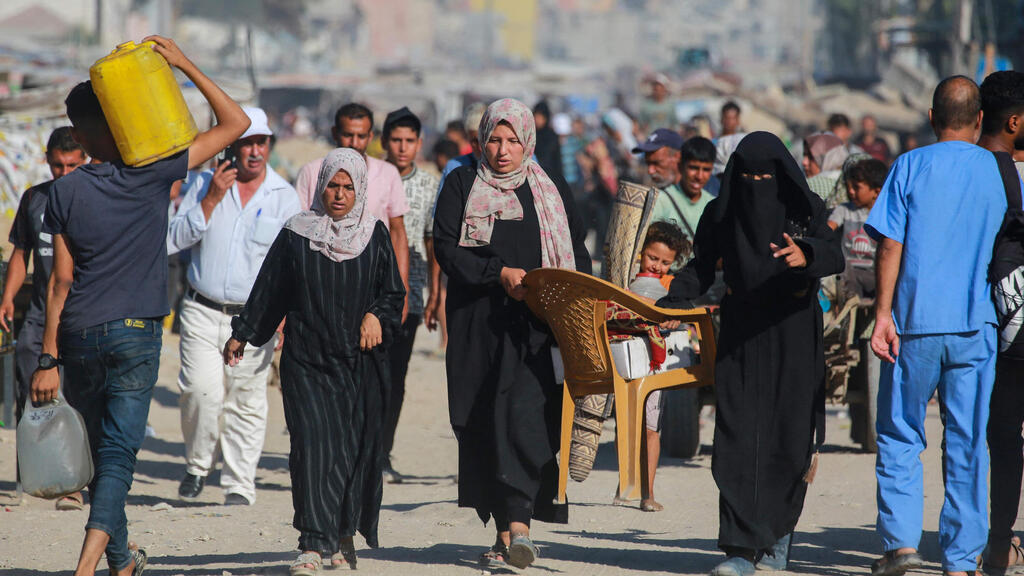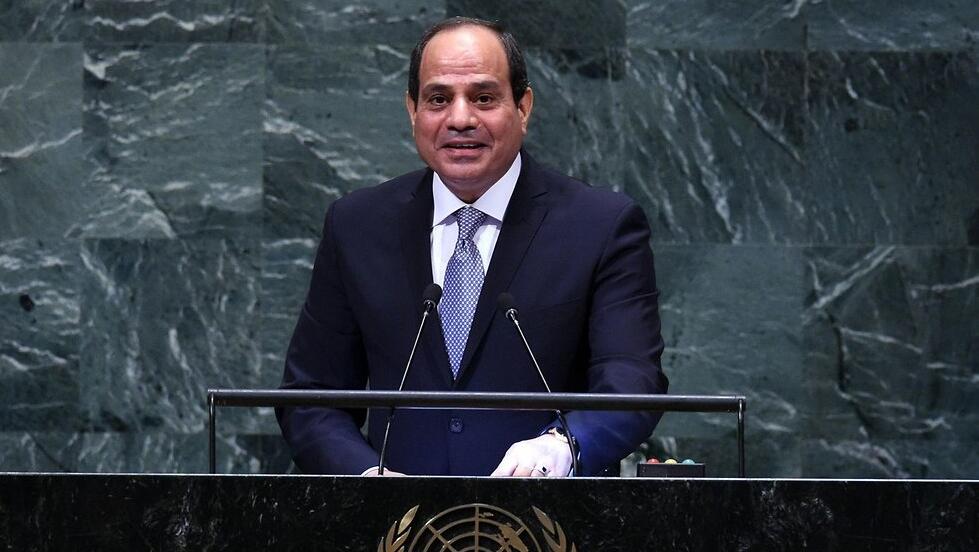Getting your Trinity Audio player ready...
On March 17, the European Union and Egypt entered into a new agreement to reduce irregular migration to Europe, to increase stability in North Africa and also to support Egypt’s floundering economy. Totaling 7.4 billion euros, the deal includes 5 billion euros in soft loans to support Egypt’s economy and 1.8 billion euros to support business investments.
Egypt is a vital partner in achieving the EU’s migration vision as a major host country for migrants close to Europe’s borders, now more than ever given the protracted war in Sudan, according to researcher Shachar Citron.
Egypt’s high rate of refugees into Europe helped seal this new deal
Egypt is also one of the top origin countries of irregular arrivals in Italy and Greece, and is faced with the potential large-scale arrival of Palestinian refugees fleeing Gaza, causing European concern with regard to onward movement into Europe. It therefore comes as no surprise this year that the EU and Egypt are taking their relationship to the next level, that of ‘a strategic and comprehensive partnership,’ no less.
Last year, arrivals from Egypt were among the most common into Europe
In 2023, Egyptians represented just over 7% of all arrivals in Italy along the Central Mediterranean Route – roughly double the number of Sudanese arrivals – making them the 5th most common nationality into Europe. Sea crossings, via Libya, are the main route that they take when arriving irregularly in Europe, either into Italy or Greece.
Severe economic unrest in Egypt is a major driver of migration
Economic crisis fueled by rising grain prices linked to Russia’s invasion of Ukraine, massive inflation, high unemployment and recent disruptions to trade caused by Houthi attacks on commercial vessels in the Red Sea are all major drivers of migration out of the country.
Egypt’s refusal to compromise over the Philadephi Corridor throws doubt on helpfulness of EU deal
Egypt continues to refuse to allow Palestinians to flee into its territory from Rafah, a stance which stems in part from Egypt’s support for the creation of an independent Palestinian state and also because of the fear that, by allowing Palestinian refugees into Egypt, they will not be able or willing to return to Gaza. It remains to be seen therefore to what extent the new EU-Egypt agreement from March will deal with overcoming this situation.
Dangers of a massive refugee influx into the Sinai from Gaza
A massive refugee influx into the Sinai from Gaza could result in Palestinians waging an armed resistance against Israel from Egyptian soil – an awful scenario from Cairo’s perspective. Egypt also does not want to be seen accepting Palestinian refugees in exchange for money from the U.S., which would contribute to perceptions on the 'Arab Street' that President Abdel Fatah el-Sisi’s government is complicit in a “Nakba 2.0.”
Displacement is still highly likely across the Middle East as conflicts continue
Nevertheless, with wars continuing to foment displacement across the Middle East region, it is likely that populations will continue to seek refuge away from conflict areas. At the same time, highly vulnerable new arrivals from Sudan with direct experiences of abuse may well continue to pose further challenges for Egypt as a host country.
If the shortcomings of past migration deals with other countries and the stark realities of the present migration situation in Egypt are not addressed early on, there is a high risk of this partnership not achieving its aim of reducing irregular migration or fulfilling its commitment to protecting the rights of migrants.
 Jennifer Teale
Jennifer TealeAt a time when Egypt is showing significant international leadership on migration, with the chairing of the Khartoum Process this, there may be a window of opportunity for progress in this domain. Extreme economic disruption in Egypt as a major driver of migration and displacement remains highly likely as conflict continues across the Middle East.





